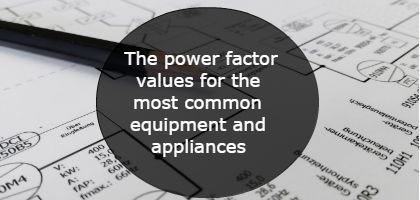Typical Power Factor in Different Equipment with Artificial Intelligence (AI)
Understanding power factor is essential to improve electrical efficiency. With artificial intelligence, analyzing and optimizing energy usage becomes faster and smarter. This article explains power factor basics, typical values in common devices, and how to calculate and correct it using artificial intelligence. Do you want to know or calculate something specific? Ask anything you want …



